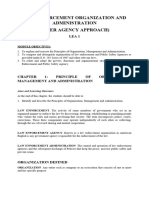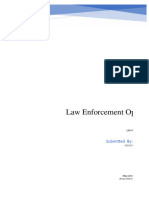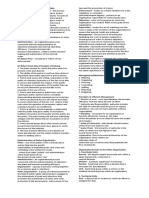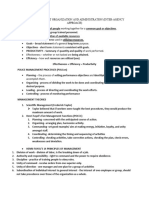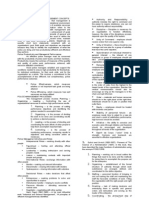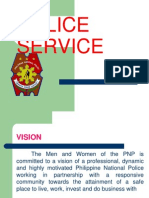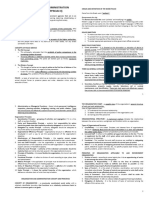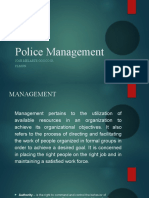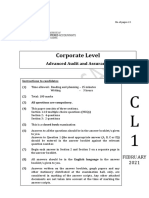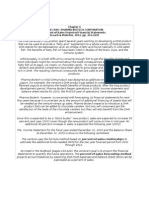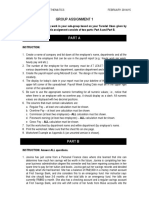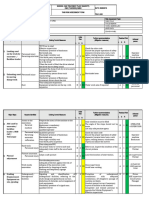0% found this document useful (0 votes)
6 views15 pagesG-1-Report 3
The document outlines the principles of organization, management, and administration within law enforcement, emphasizing the importance of structured hierarchy, delegation of authority, and clear communication. It details specific principles such as unity of command, division of work, and the balance of responsibility, alongside the roles of various law enforcement agencies in the Philippines governed by Executive Order No. 292 and specific laws. Additionally, it describes the organizational structures and functions of key agencies like the Philippine National Police, Bureau of Jail Management and Penology, and Bureau of Fire Protection.
Uploaded by
rhylguzman7Copyright
© © All Rights Reserved
We take content rights seriously. If you suspect this is your content, claim it here.
Available Formats
Download as DOCX, PDF, TXT or read online on Scribd
0% found this document useful (0 votes)
6 views15 pagesG-1-Report 3
The document outlines the principles of organization, management, and administration within law enforcement, emphasizing the importance of structured hierarchy, delegation of authority, and clear communication. It details specific principles such as unity of command, division of work, and the balance of responsibility, alongside the roles of various law enforcement agencies in the Philippines governed by Executive Order No. 292 and specific laws. Additionally, it describes the organizational structures and functions of key agencies like the Philippine National Police, Bureau of Jail Management and Penology, and Bureau of Fire Protection.
Uploaded by
rhylguzman7Copyright
© © All Rights Reserved
We take content rights seriously. If you suspect this is your content, claim it here.
Available Formats
Download as DOCX, PDF, TXT or read online on Scribd
/ 15








